This article is part of the infamous BHG guides. The simplest and “safest” engine calibration (ECU remap) guide for beginners.
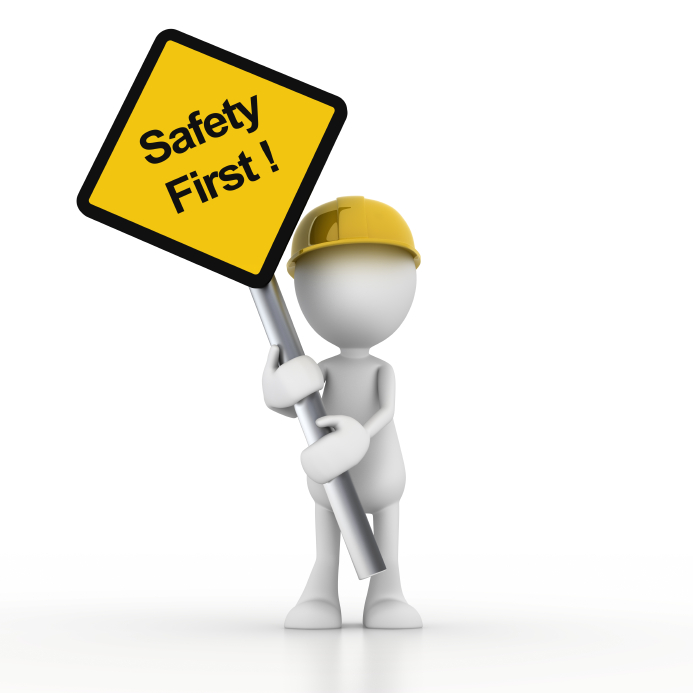
Preparation
My ECU is still simple – just about twenty Driver Wish maps, over twenty SOI and duration maps. Modern cars have more and more maps – if you make wrong changes you will fuck up your car !!!
We will make a nice reverse-engineering practice that will train you in gathering necessary data from your ECU calibration maps.

All examples here are based on Skoda Octavia 2.0TDi (1Z3, BMM, 103kW) with Bosch EDC16U34.
We need to know following data:
- FIRST understand what each change causes to engine operation. Changing calibration maps in ECU is the easiest part.
- HW limits of your car – make sure your clutch, automatic gearbox or whatever you have in your car, can handle extra torque !
- max. boost for turbo
- max. injector duration
Max. boost for turbo
You can either “safely” increase boost by 5% from 2200 – 3500 rpm (VW 1.9 – 2.0 TDi with GT16 or GT17 turbochargers) or squeeze max. air from your turbocharger by following our article about How to find max. boost for your turbo.
If I understood the Bosch manual correctly there is something like minimal boost and max. boost map and values are interpolated from those maps. I still do not understand fully how those two maps interact.
I change only “upper limit” boost map and leave min. boost as it is because you will most likely screw up cruise speed values as well.
Without a compressor map for your turbocharger, I suggest you not change anything from 900hPa down to 600hPa because it is a dangerous game to play with PR.
Max. injector duration
You need to find out fuelling values for 2000-4000 rpm. Make a nice spreadsheet where you put engine speed, boost, torque/IQ, and find/interpolate necessary values. SOI is based on IQ and duration is based on SOI.
Reverse engineered Bosch EDC16U34 calibration data for VW 2.0 TDi, BMM, 103kW with Garrett GT1646V turbocharger. Simply use common values from your maps…My spreadsheet matches values from the torque limiter map.
You will have to interpolate values and maps because the required value usually lies between two columns or even between two maps. You can use BHG calibration data calculators to make your life easy.
In most cases you are looking for SOI map 9 (once coolant reaches 80°C) because cold engine doesn’t bother us – we want max. torque once engine is warmed up. You NEVER push your car while not properly warmed up or without proper maintenance !!!
Interesting is that “duration switch” is in Bosch documentation but missing in DAMOS.
Most interesting duration maps for us are 0-3.
Duration map for SOI 30°.
Duration map for SOI 22° – somewhere between maps 0 and 1 lies durations for engine speeds from around 3750 to 4500 rpm. Max. IQ is 55-60 mg.
You have to interpolate all maps to get desired values used in your car.
Duration map for 15° SOI – injector durations for engine speeds from around 2600 to 3750 rpm. Max. IQ 60-65 mg.
Duration map for 9° SOI – engine speeds from 0 to 2500 rpm. Max. IQ 65 mg.
Duration maps are a pain in the ass because you need 3D interpolation calculator to get values for your car. As you can see from the above maps, we have the following injector limits:
- 65mg up to 2600 rpm
- 60mg for 2600 – 3700 rpm
- 55mg for 3700 – 4500 rpm
The easy part
What is described here is basically what we do if someone asks us for assistance. We do not do engine calibration – we offer guidance so that you can learn from it.
You have understood cause-effect of changing engine parameters. We have made a nice spreadsheet where we reverse engineered calibration data from manufacturer like an example above by.
AFR is based on MAF so it will drop as well – do not forget that all modern cars (even my 2006 Skoda) uses closed-loop control and AFR in above by table is just a set-point value that is controlled further down in process.
Compressor maps are one great puzzle. While airflow is compensated for losses, PR not. Manufacturers use simple PR 2.4 for 2400 mbar boost where in reality is at least 2.7 – beware if you have a compressor map for your turbo do not forget to estimate real PR !!!
We want everything simple so we become percent-masters. Now, you can simply increase values by 5%.
Boost & boost control
We start with air related maps because without air there is no fuel.
I left lower boost limit untouched and only increased upper limit boost map.
I suggest you to not screw up with the boost limiter at values lower than 900hPa without some serious calculations – it is a deadly business for your turbocharger, especially if you live in mountains…I often drive at 750hPa altitudes.
If you increase boost limiter, you have to tell ECU temperature compensation. I guess you won’t notice much difference if you leave it unchanged. Lower the temp the less hard turbocharger needs to compress air.
I dare to say that all modern cars with closed-loop control use more reliable MAP-based smoke limiter. In above by calibration map, you can see that IAT 40°C is considered as normal temperature in engine operation.
At full load fun, I am seeing IAT 50-60°C over summer, which reduces air density and power.
I also like to control turbo vanes because small turbochargers tend to over-speed if poorly controlled. You can even introduce race-style “boost spike” for faster compressor spool up but watch out, thermal shocks and cycles kill turbocharger faster!
SVBL usually needs no changes because it is set to 2620 mbar on my car (+200/-400 mbar control range). At whooping 2820 mbar, turbocharger control kicks in and opens vanes to reduce turbine speed. Of course, it doesn’t mean you can use 2820mbar boost, it is for short deadly spikes 😉
Fuelling
We have now more air in engine and we can increase fuelling by 5% as well.
Torque increased by 5% from 2247 to 3500 rpm. Once again, 900hPa is your limit especially on fuelling because increasing fuelling is more deadly than increasing boost as you have already learned from beginner’s guide.
Driver Wish/Pedal usually doesn’t need to be changed because it is usually beyond torque limiter maps anyway. But I like racing-like feeling of “short” pedal so I usually push values from 65% up.
There was a time when I used really “short” accelerator pedal where just light pressing of pedal provided 100% fuelling. Problem was when others drove my car because it felt like 1000HP car 😀
Make sure you change correct Pedal maps because there are usually at least nine normal Pedal maps – general map, reverse gear, automat, and five to six maps for each gear.
Your car most likely uses MAP-based control. You may want to check out MAP smoke limiter and account for new boost values. Original values were over 60mg on my car so you don’t even need to change anything there.
Of course, your car might be controlled by MAF map so you have to change it accordingly. I have tried MAF control on my car and it doesn’t work smoothly or there is an error in wiring somewhere….no idea, I have changed MAF sensor and it keeps doing funny things.
Torque to IQ map usually needs no changes either.
Don’t forget to leave some margin for fuel temperature correction. Once, fuel gets hot (usually 70°C on my car) it loses about 3% of its weight but volume remains same.
In other words, if you request 60mg IQ injectors must now inject 62mg in order to keep same volume of fuel. It is same like air density in turbocharger – 1000mg of air mass @ 0°C needs 2000 mbar boost but 2400 mbar boost @ 40°C IAT.
Injection timing
There is no need for changes in duration maps because we barely touched limits of injectors.
Of course, if you decide to screw around with injection timing – do not forget to change all SOI maps.
There is SOI limiter for coolant temperature (we are interested usually in 9th SOI map for 80°C coolant temp) and there are also SOI maps for limiting timing per gear.
Think long and hard about changing injection timing and fueling at low gears unless you have upgraded clutch. That is how I killed my clutch in beginning.
EGT limiter
!!! NEVER CHANGE EGT LIMITER…PERIOD !!!
EGT is main constrain in intelligent engine calibration. If you have no EGT sensor I suggest you to install one or do not screw around with AFR. I noticed on pre-DPF cars that some sort of EGT modelling is used for estimate of temperature.
How does exactly EGT modelling works…no idea, never had chance to investigate further.
Furthermore, if I understood correctly, modern ECUs use EGT limiter as secondary torque limiter. For example Skoda Octavia vRS TDi with Siemens Simos PPD ECU has no torque limiter based on atmospheric pressure but torque is reduced by EGT limiter.
Whine first and thank me later
In my 25+ years career I am already accustomed to mental diarrhoea. Those who speak do not know and less they know the more they try to defend their bullshit.
I feel your disappointment because we have increased torque just by 5% and where the hell is the magic gains claimed by chiptuners.
Stop whining like a little girl and deal with facts.
I aim for transition response rally-style engine calibration at engine speeds where it matters most. My racing clutch can handle 500Nm and I can enjoy low rpm torque with most fun starting at 2500-3500 rpm. I managed to move 103kW @ 4000 rpm to 112kW @ 3000 rpm.
Fuel economy remains same and I got extra torque for my racing training. What do you need more?
But don’t you dear to mention my name once you fuck up your car and refer to “my” teaching.
If you are about shopping trips, bragging on Internet and traffic light racing…reduce AFR further and make it smoke like hell. You gain some power for first 30 seconds until EGT limiter kicks in…it is your choice.

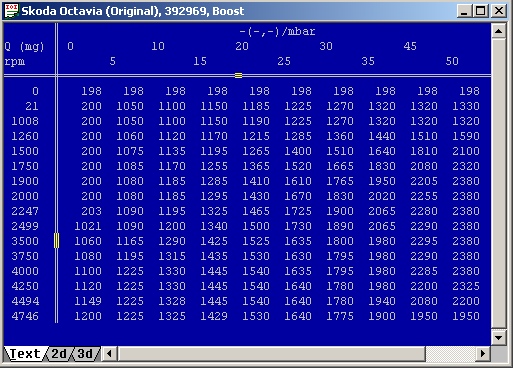
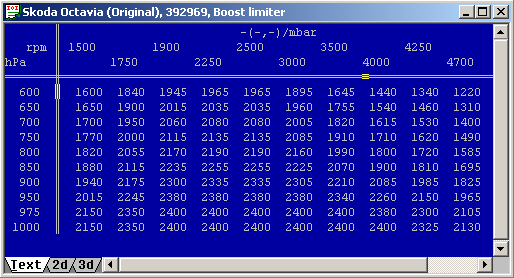








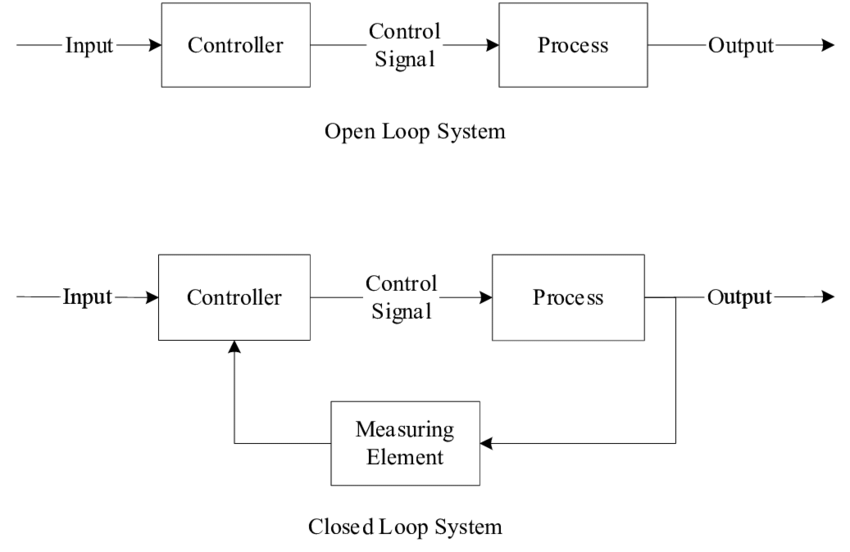
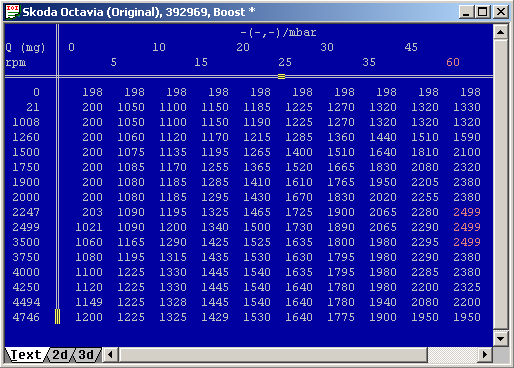
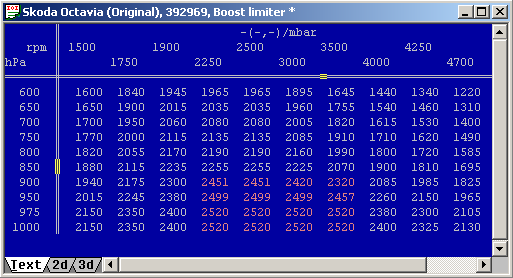
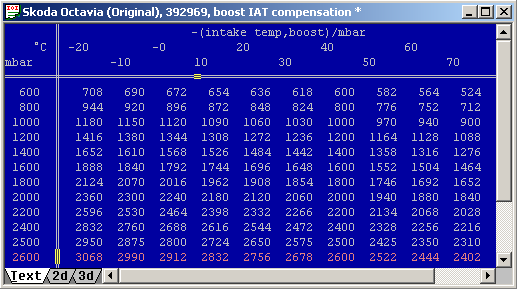


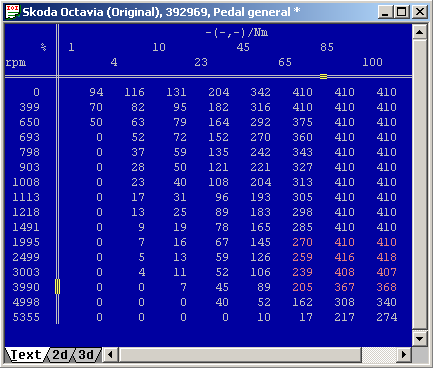




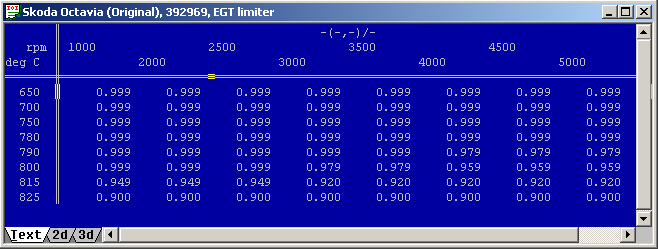

Leave a Reply